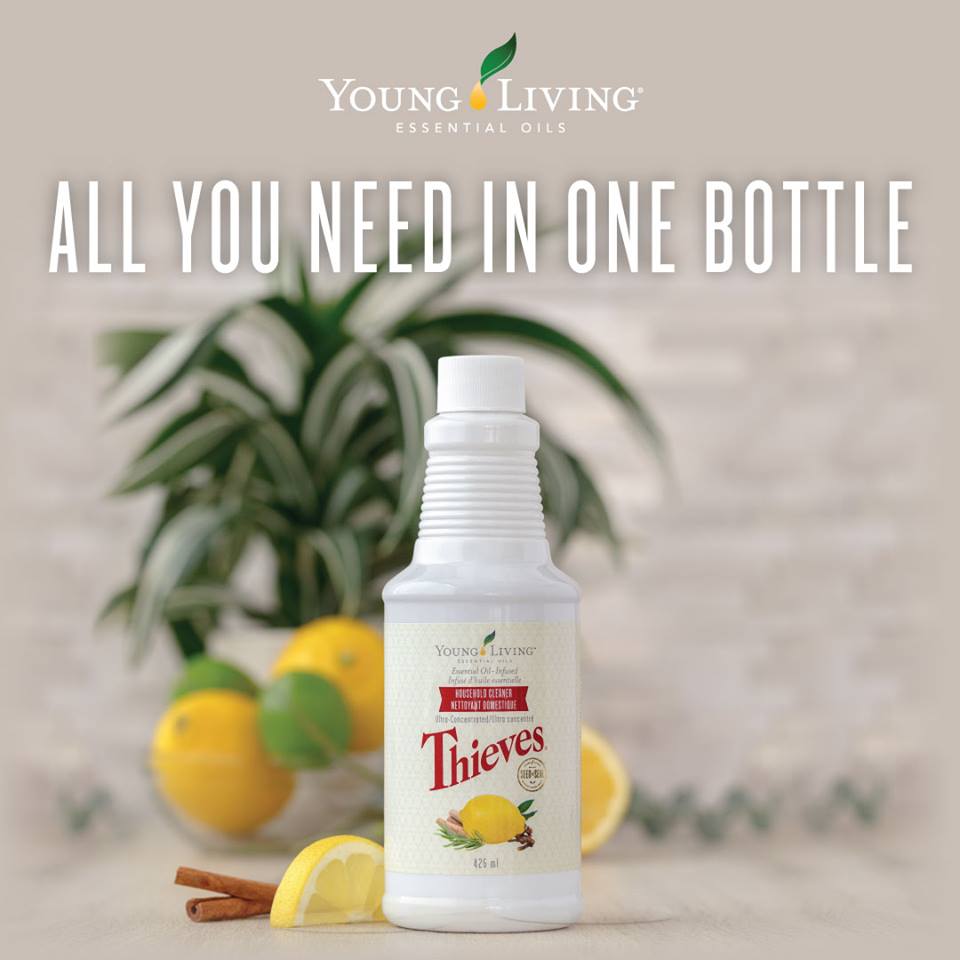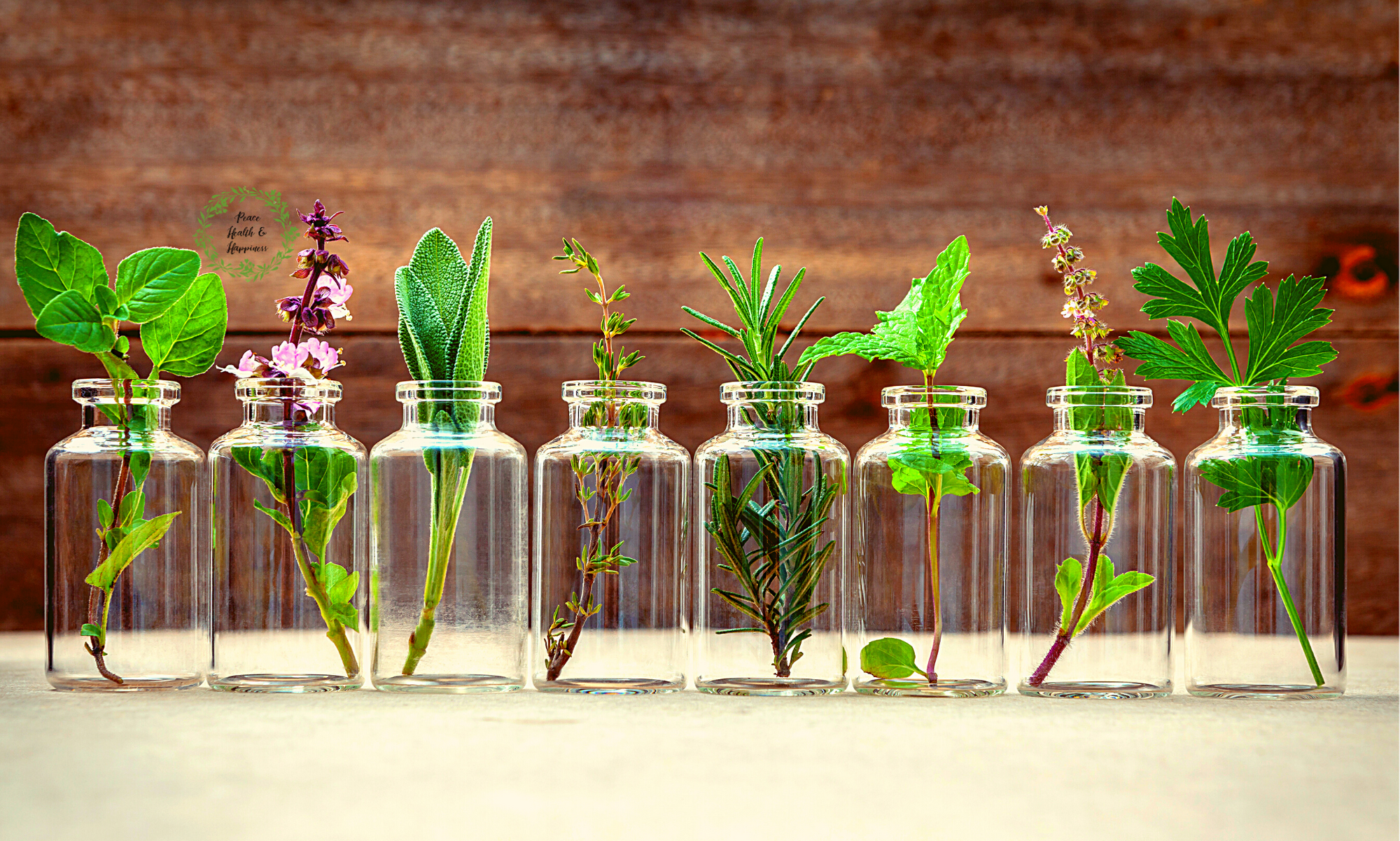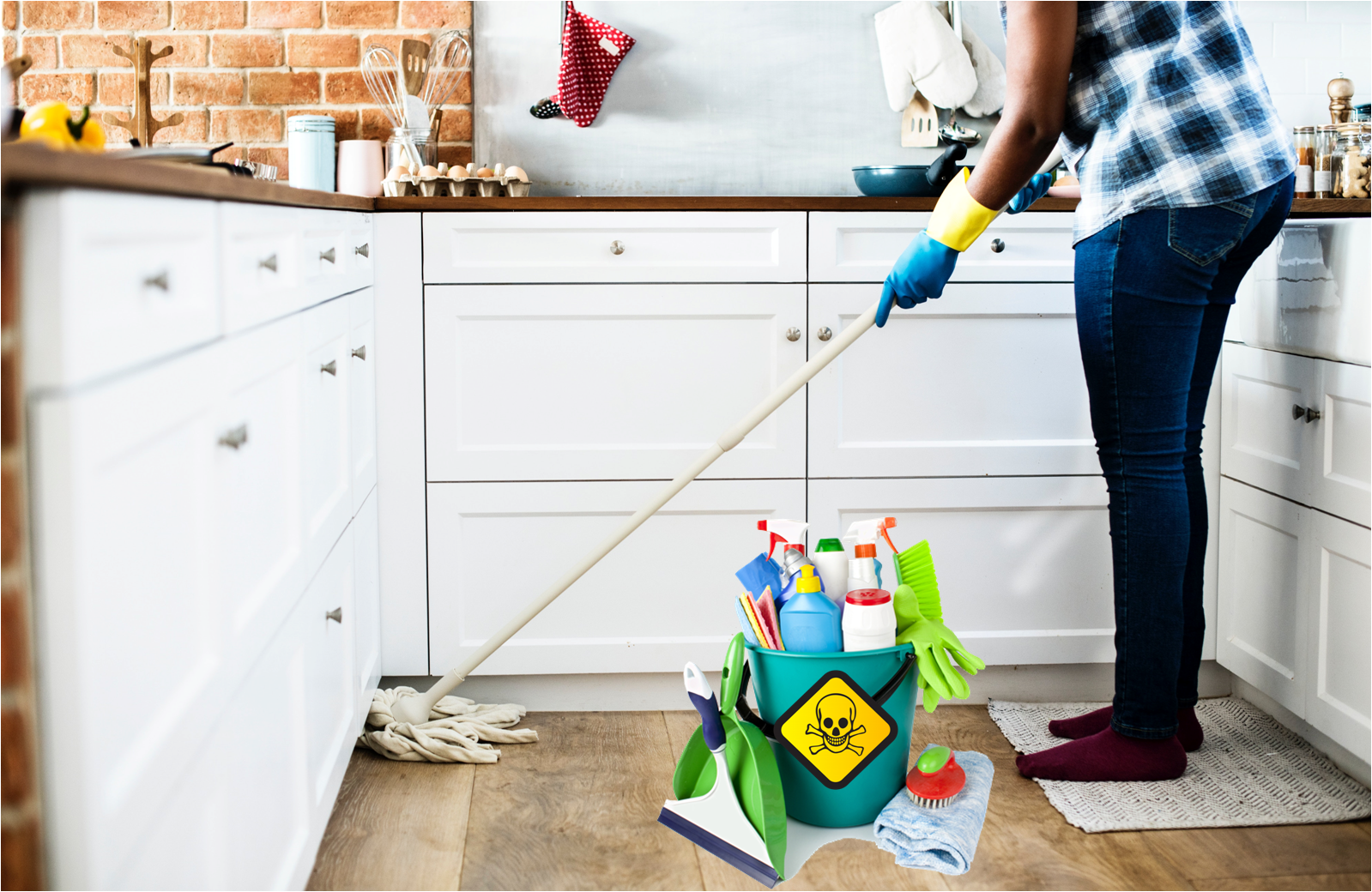Most American households have a bevy of cleaning products under their kitchen sinks (insert storage area of your choice here). We are aware that we should keep them away from our children to avoid accidental ingestion. But we assume that these products are safe when used as directed. Sadly, that is far from the truth.
According to environmental experts, the average household contains about 62 toxic chemicals. We’re exposed to them routinely — from the phthalates in synthetic fragrances to the noxious fumes in oven cleaners. Ingredients in common household products have been linked to asthma, cancer, reproductive disorders, hormone disruption and neurotoxicity.
Manufacturers argue that in small amounts these toxic ingredients aren’t likely to be a problem, but when we’re exposed to them routinely, and in combinations that haven’t been studied, it’s impossible to accurately gauge the risks. While a few products cause immediate reactions from acute exposure (headaches from fumes, skin burns from accidental contact), different problems arise with repeated contact. Chronic exposure adds to the body’s “toxic burden” — the number of chemicals stored in its tissues at a given time. The concept of body toxic burden is that pollution is not just in our air and water, but also in our bodies.
Chemical overload can cause lethargy, inability to focus, sleep trouble, chronic inflammation, unexplained pain, skin issues, stress, fear – not to mention growth and hormonal disruption. We are overloading our bodies with these chemicals and then are in a constant struggle to treat these symptoms, rather than preventing them.
It’s impossible to avoid exposure to toxic chemicals altogether, but it is possible to reduce it significantly. We, especially us moms, are a gateway to our home – we decided what comes into our homes. Below is a list of the worst toxic offenders commonly found in household cleaning products. Click here for more detailed info.

1. BHA and BHT
2. Coal Tar Dyes
3. DEA-Related Ingredients
4. Dibutyl Phthalates
5. Formaldehyde-Releasing Preservatives
6. Parabens
7. Parfum/Fragrance
8. PEG compounds/1,4-Dioxane
9. Petrolatum
10. Siloxanes
11. Sodium Laureth Sulfates
12. Triclosans
What is greenwashing?
Before I talk about how to replace toxic cleaners, I want to mention this thing called “greenwashing.” This is when manufacturers proclaim their products as “green,” “natural,” or “biodegradable,” which doesn’t necessarily mean it’s non-toxic. In 2010 the environmental consulting firm TerraChoice Group found more than 95 percent of so-called green consumer products had committed at least one “greenwashing sin,” like making an environmental claim that may be truthful but unimportant. “CFC-free,” for example, is a common one, since CFCs are banned by law. In fact I have some personal experience with greenwashing…
For a few years, I was purchasing a collection of household cleaning products of a certain brand who’s “methods” were not as “clean” as they claimed. There was a class action suit filed against the company, which I submitted MANY online receipts for. I was refunded for all my purchases…to the tune of $250!
Did you know…
- The Toxic Substance Control Act of 1976 grandfathered-in over 100,000 chemicals that did not undergo any safety testing
- Because of Proprietary Laws, companies do not have to list all the ingredients in their products
- The #2 cause of death in the US is cancer 1,620 people a day die of cancer
- 1 in 3 cases are directly linked to poor diet, physical inactivity, weight, or chemical exposure.
- The American Cancer Society says only 5-10% of all cancer cases are from gene defects. That means 95% of cancer cases are under our control – it’s what we allow into our homes
- The average household contains about 63 hazardous products and each of these typically contain 5 or more toxic ingredients
- According to the EPA, cleaning products contribute to concentrations of many common pollutants that are 2-5 times higher inside homes than outside
- 26 seconds after exposure, chemicals are found in measurable amounts in the human body
Are you ready to toss all your cleaners now? I don’t blame you! Now let’s talk about solutions! For most of your cleaning needs, you really only need one bottle of cleaner to help you clean your home safely — and cheaply!
Thieves Household Cleaner is great for your kitchen, bathroom, windows, mirrors, and everywhere in between! It is the best!! You can literally replace all the cleaners in your home with Thieves Household Cleaner. I am not kidding you! Imagine getting a whole cabinet back? What would you do with that space? Marie Kondo would be proud!

Features and Benefits:
- Ultra-concentrated, versatile formula
- Perfect for virtually every surface in your home, including carpets, floors, counters, glass, walls, and more
- Combines the strength of Thieves essential oil blend with naturally derived, plant-based ingredients for superior cleaning power
- Perfect to use around your family, including kids and pets
- Effective, deep clean without the harsh or dangerous chemicals found in many traditional cleaning products
- Plant-based formula
- Vegan friendly
Thieves Household Cleaner is a concentrate, so for most applications, you mix 1 capful with 2 cups of water and you’re good to go! And it’s very economical – at wholesale pricing, you can make over 7 gallons of cleaner for $22.50!! Seven gallons!! Which brings the cost of Thieves Household Cleaner to about $.75 (75 cents!!) per 32-oz bottle. You can get the conventional, TOXIC all-purpose cleaner for about $2.59 per 32 oz bottle. It’s a no-brainer!
Imagine it…you’ll be decluttering your home, cleaning better, living healthier, saving money. And I didn’t even mention the part about how I have my kids do some of the cleaning because I’m not afraid of them using toxic chemicals. You’ll be next-leveling your cleaning game, your financial game, and your parenting game!

